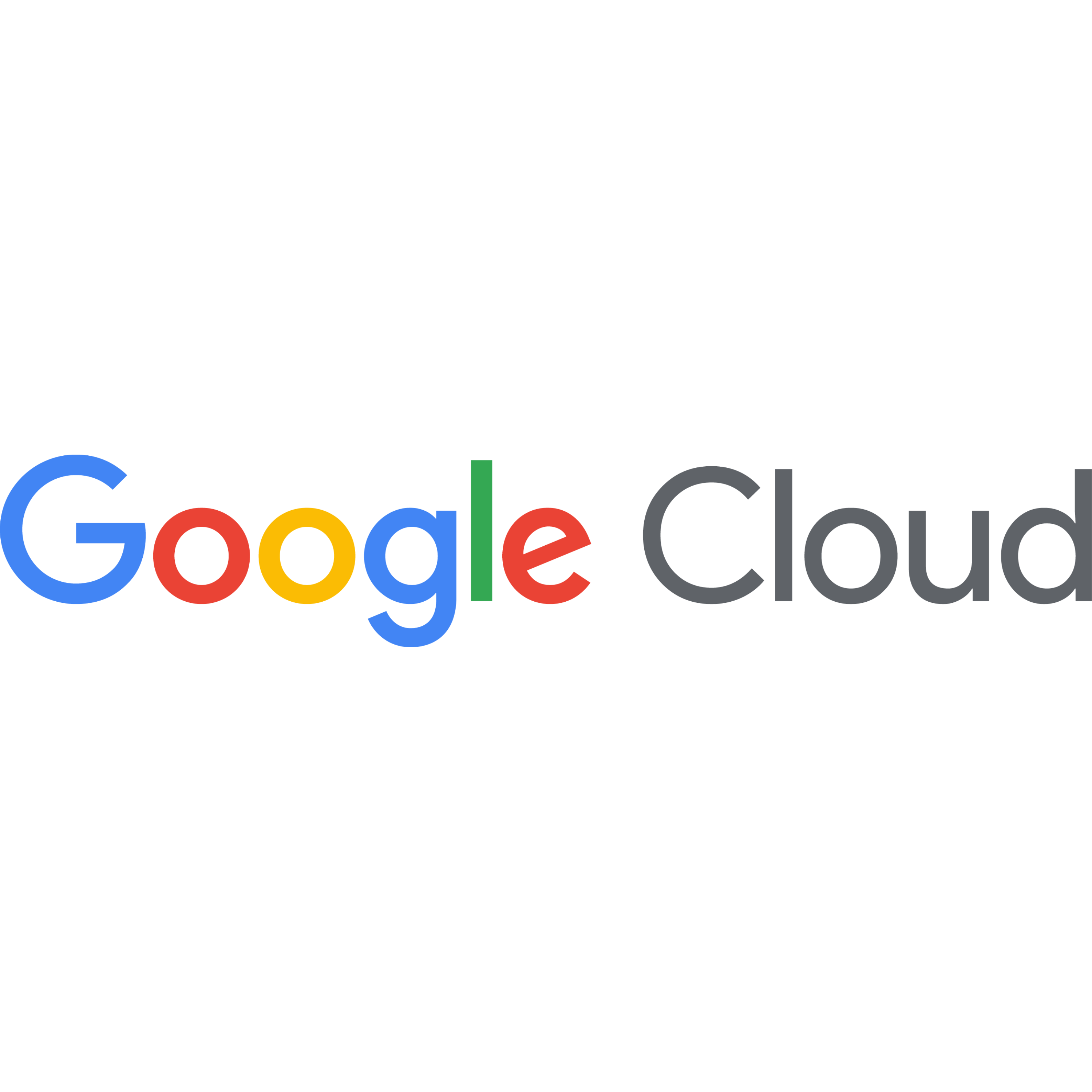
Whether you’re a pessimist or an optimist, Google Cloud delivered plenty of material for you in Q1 as revenue was up 28% to $7.5 billion and the company turned a profit for the first time with a much-needed contribution of $191 million.
As anyone who follows Cloud Wars can tell, I fall into the optimist camp, and I believe Google Cloud’s Q1 performance offers many reasons to support that position. But, given the murky times we are in with the overall global economic environment, I’ll also point out a few reasons why the Eeyore crowd is citing these results to forecast the end of days.
1. Revenue growth of 28% to $7.5 billion
Putting the company on a $30-billion annualized run rate that will be closer to $36 billion by the end of the year, Google Cloud reported a significantly higher Q1 growth rate than rival Microsoft, whose cloud business grew 22% for the same period. Of course, Microsoft’s cloud business is 4x larger than Google Cloud, and that needs to be taken squarely into account.
*The Eeyore Position: “But the growth rate is tumbling! It was 32% in Q4!”
2. Google Cloud breaks into the black for the first time
A year ago in Q1, Google Cloud reported a loss of $706 million, but for the current Q1 posted a profit of $191 million. Thomas Kurian’s company has been on a clear trajectory toward profitability for the past 18 months, and given the focus of parent company Alphabet on cost controls and profits, I believe Google Cloud can be counted on to be a profit engine for the parent corporation for years to come.
*The Eeyore Position: “But Alphabet restructured some AI teams and shifted cost centers around purely to make Google Cloud’s performance look better!”
3. Customers are making bigger and bigger commitments to Google Cloud
“Over the past 3 years, [Google Cloud’s] annual deal volume has grown nearly 500%, with large deals over $250 million growing more than 300%,” Alphabet CEO Sundar Pichai said on the April 25 earnings call. To me, that’s a powerful indicator of the deeply strategic transformation engagements Google Cloud is entering into with some of the world’s largest corporations, each of which could have chosen Microsoft or Amazon but instead choose Google Cloud.
The Eeyore Position: “But Google Cloud was much smaller three years ago and its deal sizes were smaller so we should expect that deal volume will go up 500% in three years!”
Final Thought
Look, I track growth rates and growth mindsets quite closely and I’m fully aware that the quarterly growth rate for Google Cloud has been moderating. But that’s true for every single company in the Cloud Wars Top 10 except for Oracle, which has sparked some of its own organic cloud growth but has also been supercharged by its acquisition of Cerner 10 months ago.
Rather, here’s why I feel bullish on Google Cloud:
- It’s competing and flourishing in all of the key markets: multi-cloud, data cloud, AI, security, cloud databases, hybrid cloud, collaboration, industry-specific solutions, and more
- It reached an annualized run rate of $30 billion competing very directly against two of the world’s largest, wealthiest, and most-powerful corporations
- It is growing faster than most other major cloud providers
- CEO Kurian has laid out a vision and shaped a culture that is second to none
- The company’s been able to scale in a way that lets it appeal to the world’s largest corporations as well as to highly demanding startups
So to all you Eeyores out there, enjoy (wallow in??) your dreary interpretations of Google Cloud’s Q1. And take comfort in knowing that no matter what happens next quarter, you’ll still find a way to do your cynical thing.
To hear practitioner and platform insights on how solutions such as ChatGPT will impact the future of work, customer experience, data strategy, and cybersecurity, make sure to register for your on-demand pass to Acceleration Economy’s Generative AI Digital Summit.









